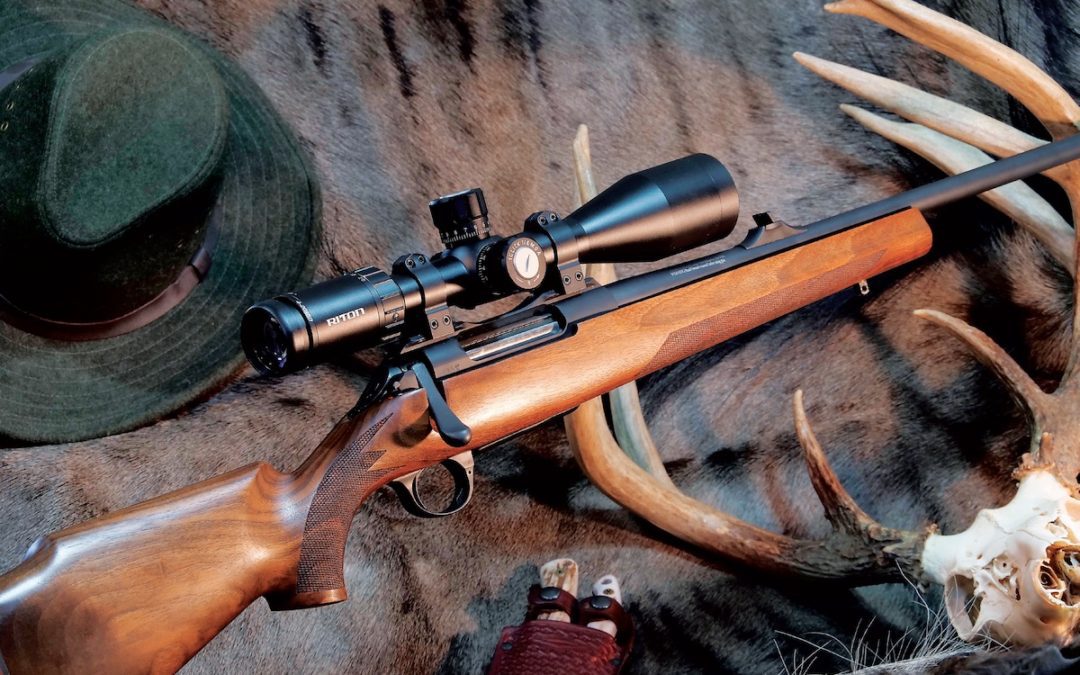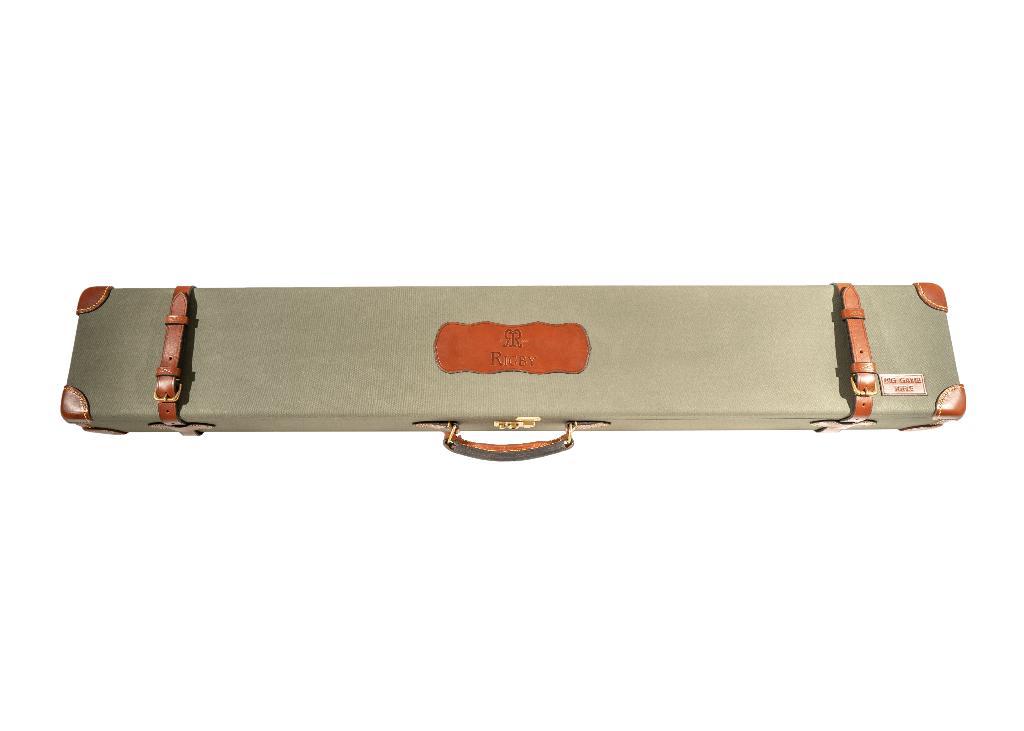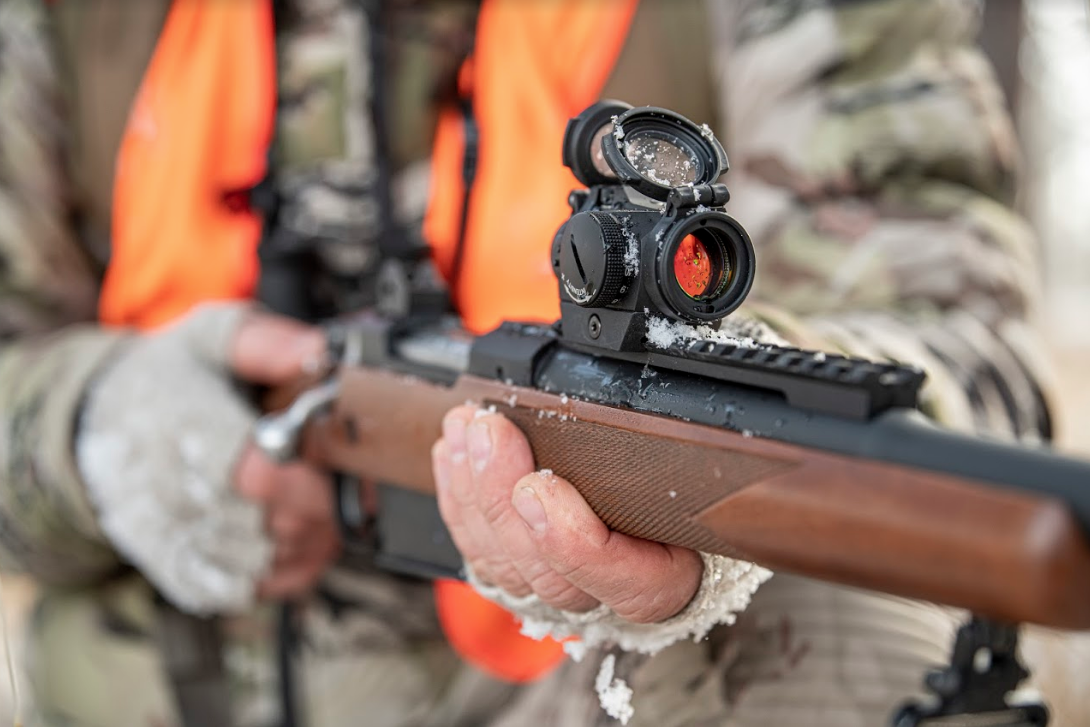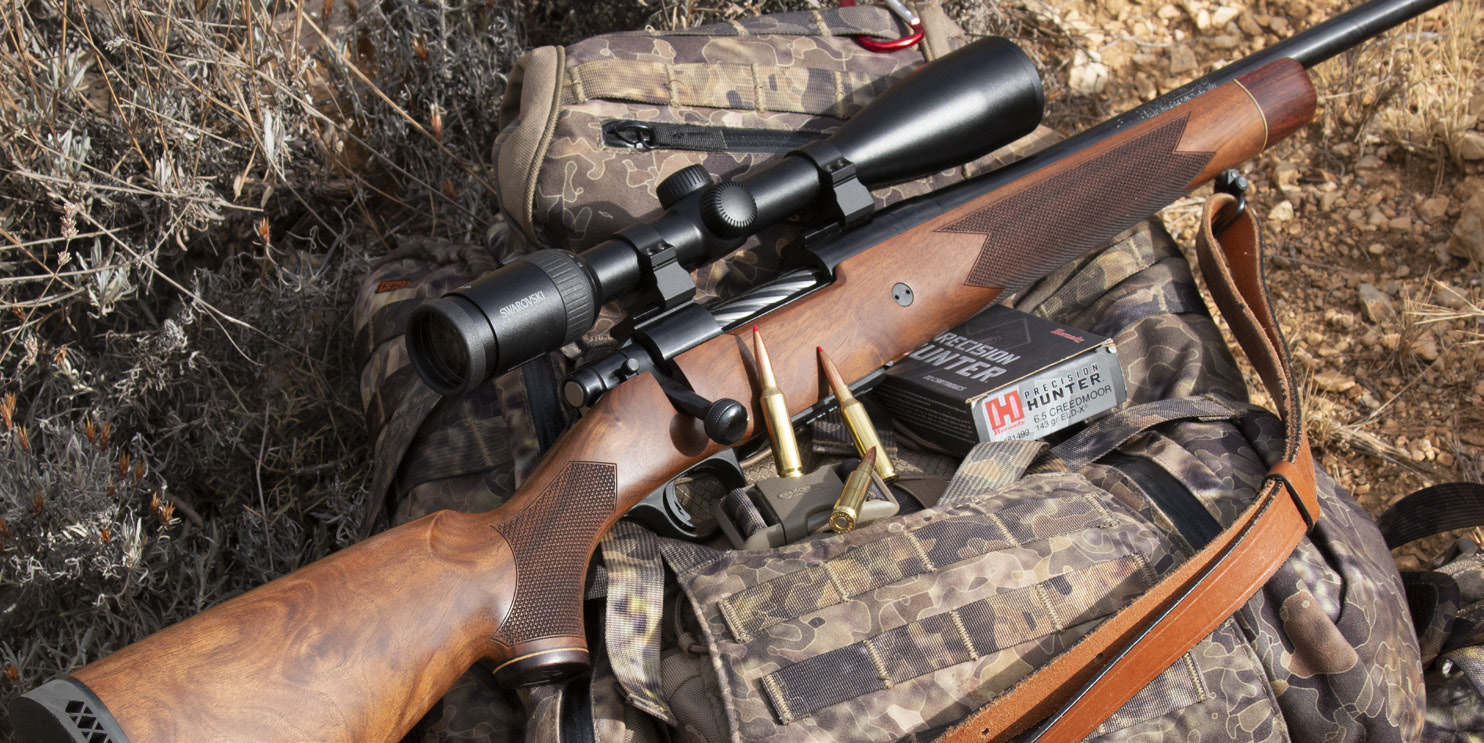See? That’s the problem. While the Italians are famous for hot cars, hot women and fine shotguns (which can also get pretty hot on an Argentine dove hunt), they seem to have taken a terminal lunch break at the rifle factory. For the shortest Google search of your online career, type in “Fine Italian Hunting Rifles.”
Honestly, when was the last time you saw anyone in the deer woods with an Italian-made rifle? Well, get ready because the Italian Firearms Group in Amarillo, Texas, has begun importing the Sabatti SAPHIRE (Sabatti All Purpose Hunting Italian Rifle). This gem of a new three-lug bolt-action promises to put Italian rifles on the same stage as Italian shotguns.
Sabatti rifles trace their lineage back to the early 1700s when Ludovico Sabatti was manufacturing firearms barrels and flintlock pistols in what is to this day the hotbed of firearms manufacturing in Italy, the Trompia Valley in the province of Brescia. There, under the looming Alps you’ll find Beretta, Zoli, Pietta, Franchi, Perazzi, Rizzini and dozens more.
In the early 19th century, Giuseppe Sabatti was hammering out some of the most highly regarded Damascus barrels in the region. Various members of the extended family specialized in lock making, barrel manufacturing and pistol fabrication over the years until Antonio Sabatti’s three sons founded Sabatti in 1960 expressly to manufacture complete rifles and shotguns.
The company today builds side-by-side double rifles, over/under shotguns and bolt-action rifles in several configurations from long-range target to multi-purpose hunting. The SAPHIRE is the newest and, in my estimation, Sabatti’s most innovative, as you’ll understand by the end of this review. The rifle hides a few major surprises.
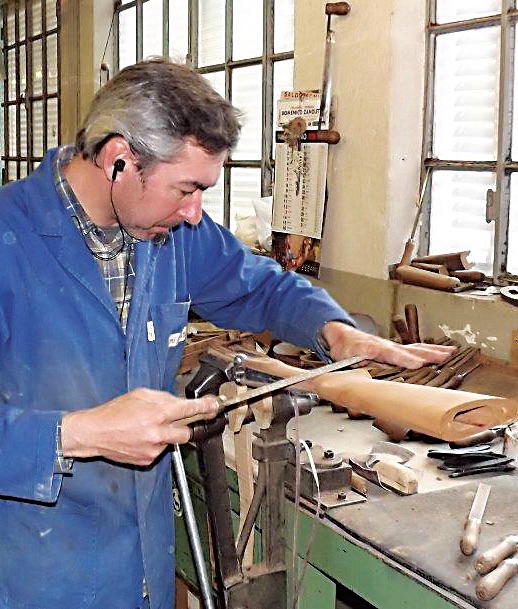
A Sabatti craftsman forms a rifle stock at the firm’s plant in Val Trompia, Italy’s renowned gun-making region.
With its nicely figured walnut stock, raised cheek piece, minimalist Monte Carlo comb, moderately angled pistol grip and hard, red rubber buttpad, the SAPHIRE looks familiarly American, yet there’s a vague Euro look about it. I think it’s the combination of butter knife bolt handle and the bulk of the receiver. The former is an old European touch that lends itself nicely to a palm lift cycling style that I find quite smooth and natural in the field, especially from the standing position one assumes on driven game hunts.
The other visual elements that give the SAPHIRE a distinctive look are the long, tapered forend grooves, flat forend tip and open “iron” sights. When was the last time you saw open sights on an American-made bolt-action hunting rifle?
These sights are not just a last minute add-on, either, but rugged and properly elevated to fit most heads-up shooting styles and nearly match the eye alignment needed with a scope. The square notch in the rear leaf fills nicely with the “square” post up front. Both are easily seen and quickly acquired despite another unusual, smart innovation—Picatinny scope mounts milled right into the Ergal 55 aluminum alloy receiver. This might add an ounce or two to the rifle’s nominal 7.7 pounds, but saves the hassle and weak link of screwed-on bases. Just grab a pair of Weaver-style clamp-on rings and you’re a few screw turns away from a securely mounted optical sight.
Another essential benefit to the raised open sights is their visibility above that integral Picatinny rail. With the Talley quick-detach rings I used to mount a big Riton 4-20x50mm scope, I can twist the scope off and roll with the open sights. I can also quick-mount an already zeroed Riton RTS-1 3-9×432 compact scope for a lighter, faster, more compact hunting rig.
The working parts of the SAPHIRE include a three-lug, three-piece bolt that provides the usual short-lift cycling action. More significant, however, might be the versatility of the removable bolt handle and floating bolt head. You can purchase a SAPHIRE with the butter-knife handle or a more conventional round knob or get both and swap as desired.
But why the replaceable bolt head?
As Savage demonstrated with its pinned, floating bolt heads years ago, this feature can enhance accuracy by compensating for any slight inconsistencies in bolt/bore alignment. The head is free to cant or angle into the breech recesses regardless of how crooked the receiver/barrel alignment.
As a bonus, you can change head sizes to fit a variety of cartridge head diameters. Why would you want to do that? Because the SAPHIRE is a switch-barrel rifle.
As is often the case with European rifles, this one can be user-converted to shoot anything from 243 Winchester to 300 Win. Mag. Just remove the stock, loosen three clamping screws, pull off one 24-inch, cold-hammer-forged, free-floating barrel and stick on another. Each sports a muzzle threaded for a suppressor, if that ignites your powder. Change the bolt head if that’s necessary to fit your new cartridge. Impressive versatility.
Speaking of that barrel, it’s unusual in another way, too. It has Multi-Radial Rifling (MMR). Instead of the traditional, sharp, 90-degree angle cuts between lands to grooves, Sabatti’s MMR rifling rounds the bottom. Claimed benefits of this include less stress on bullets, less friction, less fouling, easier clean-up, faster velocities and enhanced accuracy.
Proving most of that with one barrel is rather difficult because there is no control group. Would the same barrel shoot worse or better with traditional rifling? What I can say with certainty is this barrel did clean remarkably easily and quickly. As for accuracy, my best three-shot group from four while trying three different factory loads fell into 0.73-inch, aided by a 3.25-pound trigger pull with just a hint of initial creep. That load was Norma’s 170-grain Tip Strike, a fine option for deer.
Unlike many of today’s drop-magazine rifles, the SAPHIRE stays old school, employing a single-stack, metal drop-out magazine that holds three 30-’06 diameter cartridges. The magazine is released via a hinged lever in the trigger guard. The one on my sample rifle felt suitably durable, loaded easily, snapped securely into place and fed reliably. The two-position safety on my sample rifle was the push-forward, side-mounted style typical of dozens of American rifles, but SAPHIREs can be ordered with three-position side safeties, too.
All things considered, Italians can be proud to have their gunmaking craftsmen and women represented by Sabatti’s SAPHIRE switch-barrel, bolt-action hunting rifle. And we Americans can enjoy the familiar look and feel of an American rifle while surprising everyone in hunting camp with that Italian nameplate. Mama mia, it’s one hot rifle.
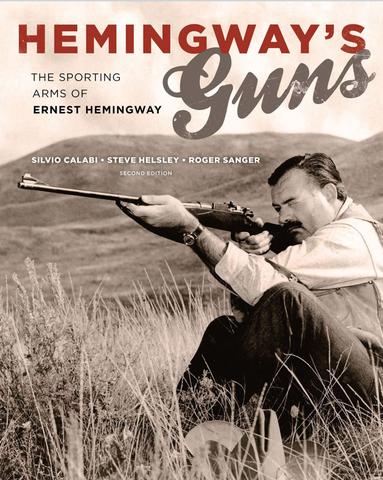 Following years of research from Sun Valley to Key West and from Nairobi, Kenya to Hemingway’s home in Cuba, this volume significantly expands what we know about Hemingway’s shotguns, rifles, and pistols—the tools of the trade that proved themselves in his hunting, target shooting, and in his writing. Weapons are some of our most culturally and emotionally potent artifacts. The choice of gun can be as personal as the car one drives or the person one marries; another expression of status, education, experience, skill, and personal style. Including short excerpts from Hemingway’s works, these stories of his guns and rifles tell us much about him as a lifelong expert hunter and shooter and as a man. Buy Now
Following years of research from Sun Valley to Key West and from Nairobi, Kenya to Hemingway’s home in Cuba, this volume significantly expands what we know about Hemingway’s shotguns, rifles, and pistols—the tools of the trade that proved themselves in his hunting, target shooting, and in his writing. Weapons are some of our most culturally and emotionally potent artifacts. The choice of gun can be as personal as the car one drives or the person one marries; another expression of status, education, experience, skill, and personal style. Including short excerpts from Hemingway’s works, these stories of his guns and rifles tell us much about him as a lifelong expert hunter and shooter and as a man. Buy Now
